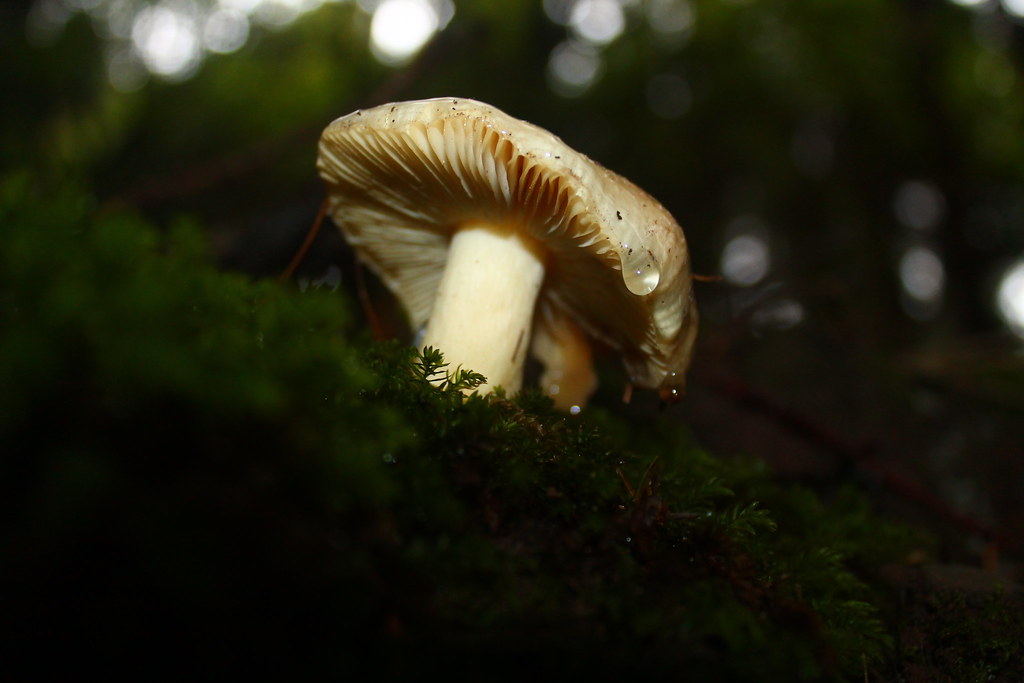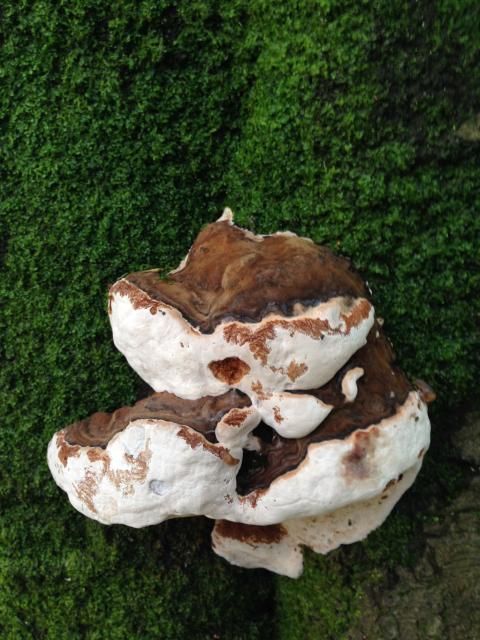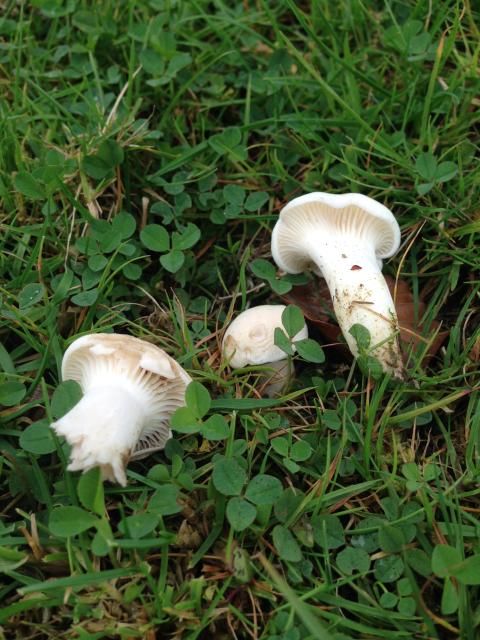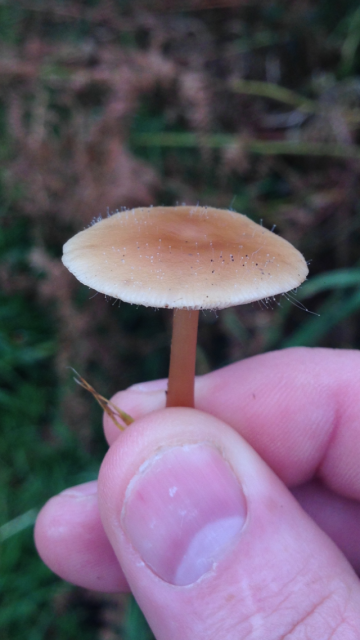More of an artsy shot than an identification shot, but as I don't know what it is I will stick it up anyway. Taken in upland beech woodland.



Hard to tell from that photo. Not A. pantherina. Could be A. rubscens or A. spissa.
Hi Geoff - amongst many people on here I've benefited from your in depth knowledge on fungi - sure I won't be alone in thanking you for that. It's a lot more fun if someone can ID your find. But can I make a small cheeky request please? When you ID them can you provide the "common" name as well as the latin one?
thanks
Mike
More of an artsy shot than an identification shot, but as I don't know what it is I will stick it up anyway. Taken in upland beech woodland.

A. rubescens is a Blusher. A. spissa doesn't have a generally-accepted common name, and also has two latin names - it is sometimes called Amanita excelsa var. spissa. And sometimes called a "false blusher" and sometimes called a "grey spotted amanita".
But they're easier to remember and often descriptive.Which is why the scientific names are used in the first place. Common names are confusing.
Hard to tell from that photo. Not A. pantherina. Could be A. rubscens or A. spissa.
But they're easier to remember and often descriptive.
I am now beginning to find the scientific names more and more confusing. They change them, change familys, remove familys at such regularity that learning them is getting impossible!
Look at the boluetus genus for example. A few weeks ago I found a boletus parasitic on earthballs. This is now called Boletus parasiticus. Not that long ago I knew it as Xerocomus parasiticus.
The red cracking bolete which was Boletus chrysenteron is now known as Xerocomellus chrysenteron. From what I have read they now believe that the true red cracking bolete is incredibly rare, and the chances of finding it are quite remote. So what now, does it get broken down in to many further sub species.?
I truely love fungi, but keeping up with the scientific names is a full time occupation!!!



